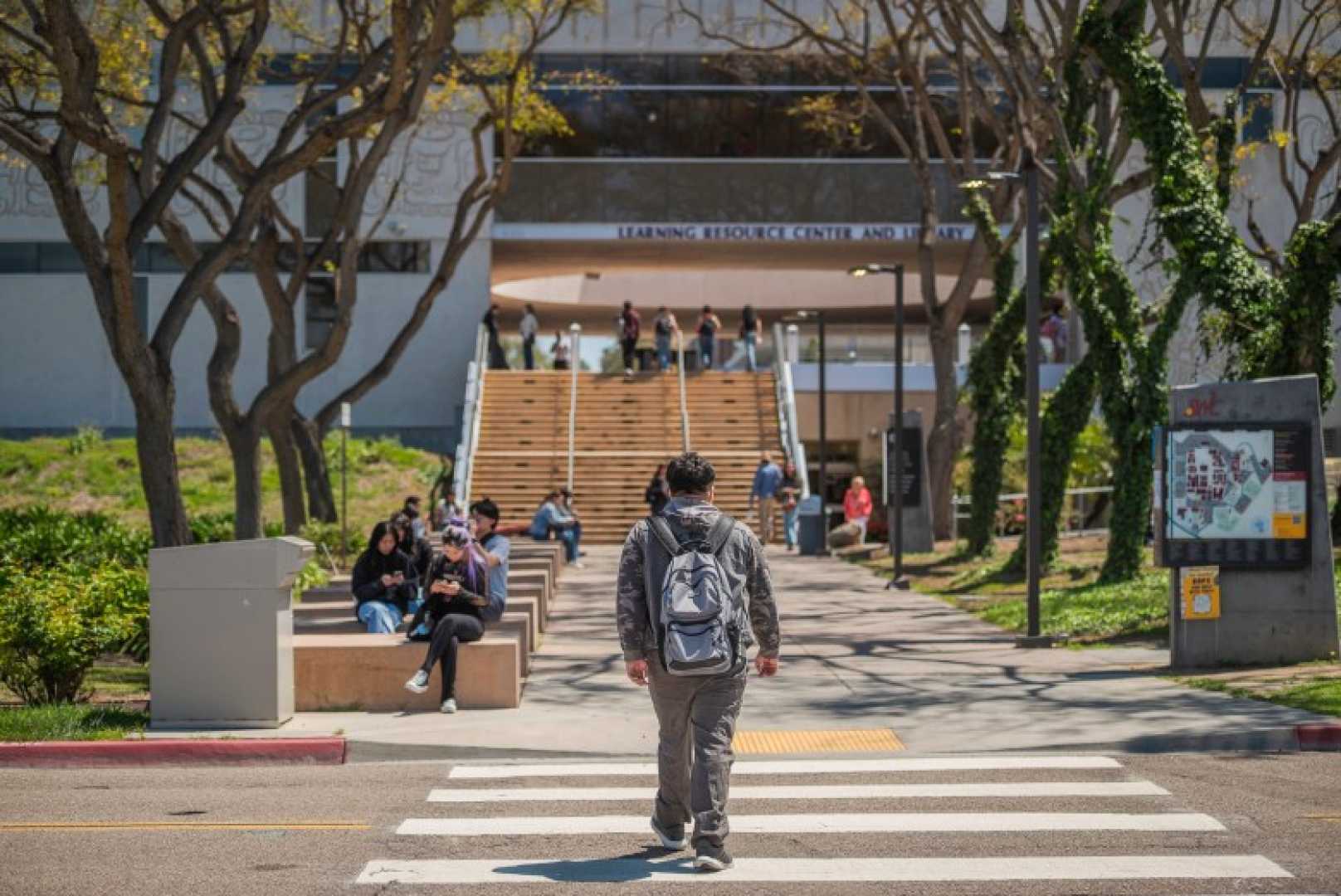Education
Invasive Bots Disrupt Online Classes at Southwestern College

SAN DIEGO, Calif. — As the spring semester commenced, Southwestern College Professor Elizabeth Smith felt optimistic. Her two online classes were fully enrolled with 32 students each, and even the waitlists, which accommodated 20 additional students, were at capacity. However, this excitement was short-lived as Smith soon discovered that the vast majority of her enrollees were not legitimate students but bots.
By the end of the first two weeks, Smith had narrowed down her roster from 104 students to just 15 who actively participated. “It’s a surreal experience and it’s just heartbreaking,” she lamented. “I’m not teaching; I’m playing a cop now.”
This trend has not isolated Smith. Many community college instructors across the country have noticed a surge in bot students—fraudulent enrollments driven by schemes to claim financial aid. These bots often enroll in classes, remain long enough to qualify for aid disbursements, and submit AI-generated assignments to avoid detection.
The phenomenon began gaining traction around 2021, coinciding with the pivot to online learning due to the pandemic. Community colleges, which embrace an open enrollment policy, are particularly vulnerable. In California alone, reports indicated that the incidence of fraudulent students at community colleges doubled in 2024, with scammers siphoning nearly $4 million in federal and state financial aid.
Eric Maag, a veteran instructor at Southwestern, expressed the frustration felt by many faculty members. “We didn’t use to have to decide if our students were human; they were all people. But now there’s this skepticism because a growing number of the people we’re teaching are not real,” he said. This skepticism complicates the traditional teacher-student dynamic and adds layers of stress to an already demanding role.
Detecting bots in class has increasingly consumed professors’ time, making it difficult to foster a sense of community. Caree Lesh, president of Southwestern’s Academic Senate, noted that the time spent identifying distractions has hindered faculty from addressing the needs of genuine students. “It’s really hard to create a sense of community and help students who are struggling when you’re spending the first couple of weeks trying to figure out who’s a bot,” she said.
Identifying and dropping suspected bots before financial aid distribution is critical. If professors can clear their rosters of fraudulent students prior to the third week of classes, they can prevent financial loss and free up spaces for legitimate students seeking enrollment. However, this process is daunting as instructors fear low enrollment could jeopardize their job security.
The influx of bot students creates a ripple effect, causing delays and complications for real students trying to register for required courses. Professors have reported receiving numerous identical emails asking to be added to classes, often containing awkward phrases indicative of AI-generated content.
Kevin Alston, a business professor, shared an unsettling experience when he contacted one student from his class who hadn’t submitted any assignments. “The student said, ‘I’m not in your class. I’m not even in the state of California anymore,’” Alston recounted. It turned out scammers had re-enrolled this student under their name to collect financial aid.
While institutions like Southwestern have mobilized task forces to combat fraudulent enrollments, challenges persist. Mark Sanchez, the college’s superintendent/president, expressed the need for coordinated solutions at the state level. “What we’ve asked the state is to put really solid protocols in the CCC Apply system,” he explained, referring to the statewide application portal where fraudulent submissions often originate.
Despite efforts to hinder this fraudulent behavior, concerns remain that without a robust technological intervention, the issue will continue to worsen. Tracy Schaelen, Southwestern’s distance education faculty coordinator, emphasized that faculty members must reclaim their focus on teaching rather than bot detection. “Teachers are hired to teach. That’s their expertise, and that’s what their students need from them,” she stated.
The recurring financial aid-related deception is not unique to Southwestern College, as educators nationwide face similar hardships from bot enrollments. Yet, within Southwestern, some faculty members feel that administrative responses have been insufficient and lack urgency. “I feel like the people who have been reporting this have been dismissed,” Smith added, reflecting the growing frustration among her peers.
Mark Sanchez acknowledged that a straightforward solution to the bot crisis is elusive, as the technology employed by scammers is constantly evolving. While further resources have been directed toward detecting fraudulent students, maintaining an accurate and supportive educational environment remains challenging.
Ultimately, professors continue to advocate for solutions that preserve access to education for legitimate students rather than restricting opportunities. As many instructors hope for more decisive action from the administration, the battle against bots at Southwestern College reflects a broader nationwide challenge that requires innovative responses.












